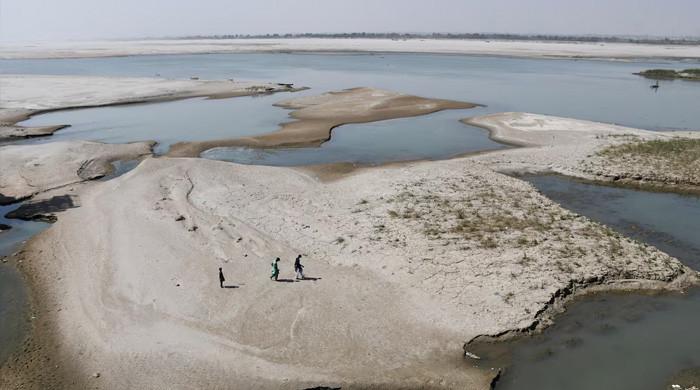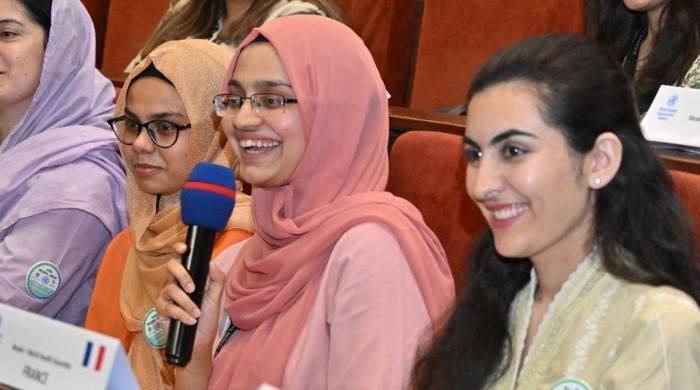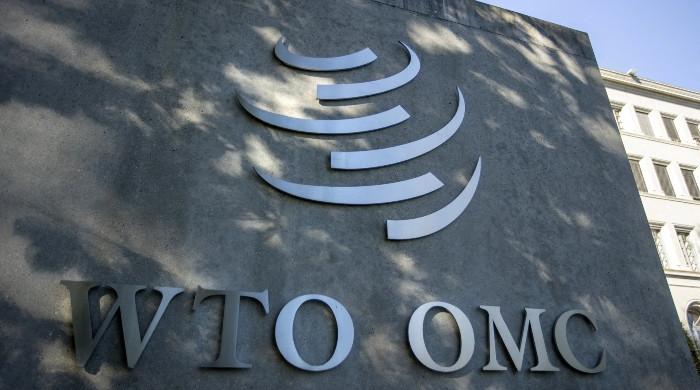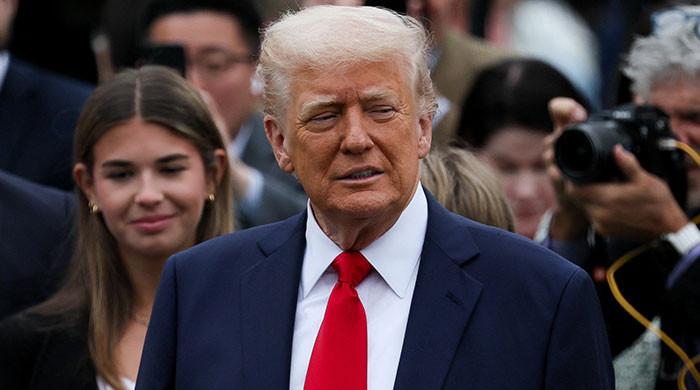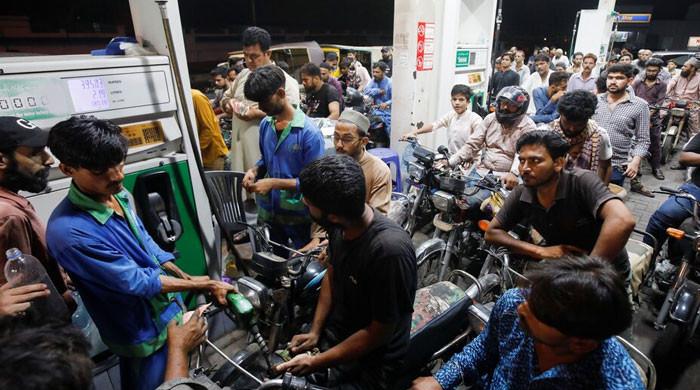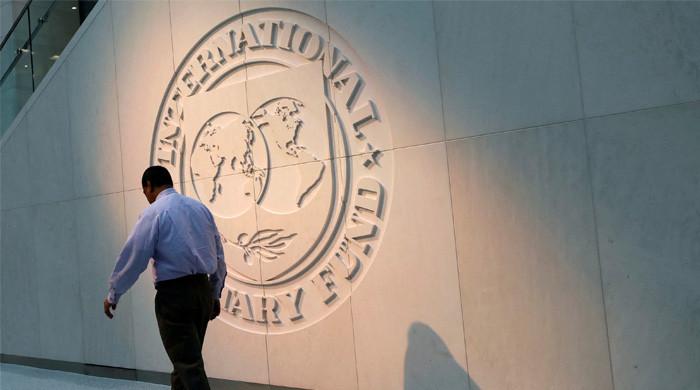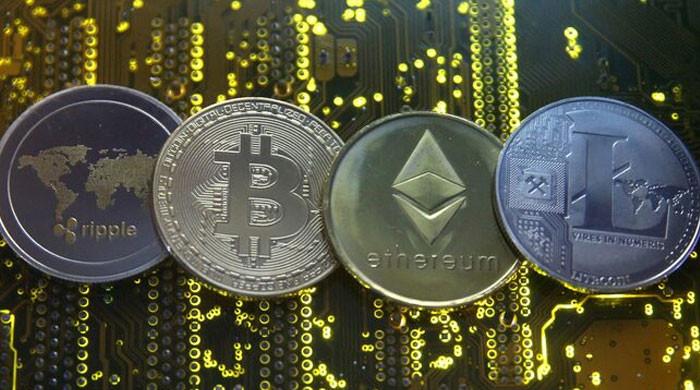The political and economic parallels between Pakistan and Sri Lanka
The economic turmoil in Sri Lanka has some lessons for us
April 11, 2022
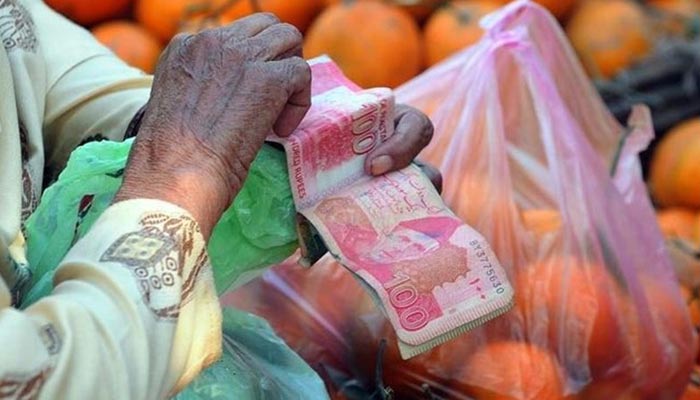
Pakistan is not the only country in the region going through political turmoil. Sri Lanka, too, is facing a political impasse. Last week, all 26 members of the Sri Lankan cabinet (including the brother and nephew of President Gotabaya Rajapaksa) resigned en-masse amidst widespread protests in the country over the state of the economy.
Rajapaksa’s government no longer enjoys a simple majority of 113, as over 40 members of parliament from his party and its coalition partners have distanced themselves from him. The economic crisis has become so grave that the opposition is no longer interested in bringing a vote of no-confidence against him. The opposition also rejected Rajapaksa’s invitation to be a part of a ‘national government’.
Wonder what went wrong in Sri Lanka? Let me explain.
Rajapaksa came into power in 2019 with populist claims of reducing inflation and providing relief to his people. He reduced the value-added tax from 15% to 7% and increased the annual taxable income limit from 0.5 million Sri Lankan rupees (SLR) to SLR3 million. Amidst plummeting revenue collection and widened budget deficit, the Sri Lankan government started printing money, leading to multi-year high inflation.
Things worsened when tourism, the primary source of foreign exchange, got hit by COVID-19. Multiyear high-trade imbalance and a growing current account deficit increased the demand for dollars, putting pressure on the SLR. However, President Rajapaksa resisted a devaluation to save his popularity and artificially stabilised the rupee by burning its foreign-exchange reserves. Dwindling foreign currency reserves eroded the island state’s capacity to pay for imports. Curtailed import of oil and gas affected electricity generation to the extent that currently, the country is facing 10-14 hours of power outage, severely affecting businesses and manufacturing.
To curb imports, the Sri Lankan government took piecemeal measures. In 2020, it banned the import of motor vehicles. In 2021, it banned the import of chemical fertilisers (in the name of promoting organic farming): a decision that was reversed but only after the collapse of rice and tea production, which led to rural poverty and aggravated the already existing food crisis.
After artificially keeping the exchange rate fixed at SLR200 per US dollar (USD) for five months, the central bank gave up last month as its usable dollar reserves had shrunk to just $150 million at the end of March 2021. The rupee was allowed to float after a 15% devaluation, and today the exchange rate is SLR315 to USD.
The result is that Sri Lanka faces a shortage of food, fuel, medicines, and other daily-use items. Inflation was as high as 19% in March 2022. Food prices have doubled over the last six months (food inflation: 30.2%). The previous month, the price of petrol was increased by 43.5% and that of diesel by 45.5%. Sri Lanka, whose GDP ($81 billion) is less than one-quarter of that of Pakistan, has to pay $7 billion in external liabilities this year. Avoiding a default requires major debt restructuring under a challenging IMF programme. However, amid a political crisis and in the absence of a finance minister, the IMF is unable to engage with Sri Lankan authorities.
Insecurity breeds insecurities. In Sri Lanka, an economic crisis has spawned a political crisis. In Pakistan, the ongoing political crisis is leading to an economic crisis.
Political uncertainties in Pakistan have already negatively affected the seventh review of the IMF programme, a must for a much-needed next tranche from the fund. The IMF can not engage with a government whose fate is not certain. Saudi Arabia and China are reluctant to roll over their debt (deposits in the State Bank of Pakistan that make a significant chunk of our foreign exchange reserves) until the government in Islamabad stabilises. Balance-of-payments concerns have negatively affected investment decisions, and panic buying of dollars led to the dollarisation of the economy, putting pressure on the Pakistani rupee.
The State Bank’s foreign exchange reserves shrank by $5 billion (reduced to $11 billion from $16 billion) since March 1, 2022. At the same time, the exchange rate of the rupee against a dollar lost 10 rupees during the last month.
With foreign exchange reserves barely sufficient for two months’ imports and another $2.5 billion in external liabilities that the country has to pay in this quarter (April to June 2022), the priority of the government should be to get the seventh review completed and reach a ‘staff-level agreement’ with the IMF to receive its next tranche. Such an agreement can establish market confidence and also help unlock bridge financing.
However, this is easier said than done. First, since last month the country has been without a functional government. Second, completion of this review is now linked with rolling back the PM’s relief package. The added sanctions on Russia and the depreciation of the rupee have made energy subsidies in Pakistan unsustainable (increased trade imbalance, current account deficit, and fiscal imbalance). Hence, the IMF would advise recovering the full cost of energy from consumers, scrapping the relief package. Whether the PDM alliance, the government in waiting, will be able to roll back that relief package – putting its capital at stake – remains to be seen.
The IMF would also be gauging the next government’s ownership of the policy reforms carried out so far under the ongoing extended fund facility program. Especially the policies that the PDM, as an opposition coalition, had been vehemently opposing, for instance, autonomy of the State Bank, the energy circular debt management plan, fiscal consolidation, and withdrawal of GST exemptions.
Doing all of the above without compromising – in fact, strengthening – the existing social protection systems for the lower and lower-middle-income earners will remain a challenge for the new government amidst political turmoil.
Reducing inflation and giving relief to the people was one of the major promises of the PDM while campaigning against the PTI government. Once in power, it can either try to provide relief Rajapaksa style, by putting Pakistan’s macroeconomic stability at stake or remain prudent and take some non-popular measures, backing out from its promises. However, the latter option would expose it to the wrath of the PTI, which in opposition would be pretty lethal.
The economic turmoil in Sri Lanka has some lessons for us. Gaining political popularity at the cost of macroeconomic stability will lead to a vicious ‘economic crisis-political instability’ cycle. All political parties in the race to form government must keep in mind that amidst unfavourable external factors none of them would be able to reduce the prices of energy, give tax cuts and exemptions, or artificially stabilise the exchange rate of the rupee, etc. Likewise, none of them would be able to tackle external liabilities without the IMF’s support. Thus, it is in everyone’s interest to agree on a minimum agenda for macroeconomic stability.
Failing such consensus, politicising the economic reform measures and opposing them for the sake of opposition would compel the party/ies in power to implement short-term populist policy measures. The Sri Lankan experience tells us that such populist measures may lead to an economic disaster where no one wants to form a government.
The writer heads the Sustainable Development Policy Institute. He tweets @abidsuleri
Originally published in The News




